
Source-to-pay: Streamlining procurement from end to end
Transform procurement efficiency with source-to-pay automation.

Businesses today face constant pressure to cut costs and boost efficiency, but outdated procurement processes can create frustrating bottlenecks. With slow approvals, siloed systems, and too many manual tasks, companies miss savings opportunities and struggle to keep up.
Source-to-pay (S2P) offers a streamlined solution, covering everything from sourcing suppliers to making payments—all in one cohesive process. By connecting each step, S2P reduces risks, improves transparency, and frees up valuable time, allowing businesses to focus on growth.
In this post, we’ll dive into how S2P works and explore the key benefits it brings to modern procurement.
What is source-to-pay (S2P)?
Source-to-pay is a comprehensive procurement process that spans all stages of supplier management—from sourcing and contract negotiation to purchasing and payment.
By combining these steps into a single, automated workflow, S2P boosts efficiency, enhances visibility into spending, and strengthens supplier relationships, allowing companies to optimize procurement from start to finish.

What is source-to-pay automation?
Source-to-pay automation is the technology-driven approach to managing every stage of procurement, from sourcing suppliers to completing payments. It covers critical steps such as strategic sourcing, contract management, purchase requisitions, purchase orders, invoice processing, and payment fulfillment.
Automating these tasks reduces cycle times, eliminates repetitive manual work, and ensures a seamless flow of data across each stage, providing real-time insights into spend and supplier performance. This streamlined approach helps companies achieve greater efficiency, compliance, and control throughout the procurement lifecycle.
Source-to-pay vs. procure-to-pay
While both source-to-pay and procure-to-pay are essential in the procurement process, they cover different stages. Procure-to-pay focuses on the transactional side, handling tasks like placing orders and processing payments, including purchase orders and accounts payable.
Source-to-pay, on the other hand, encompasses a broader scope. It includes all P2P activities while also addressing the "upstream" stages, such as sourcing and strategic supplier selection—critical steps for building supplier relationships and setting procurement goals. For a deeper dive into these distinctions, check out Zip’s comprehensive guide on procurement automation.
The source-to-pay process
Source-to-pay automation transforms each stage of the process by connecting data and workflows, making it easier to track spending, enforce procurement policies, and manage supplier performance. Let’s see how it works:

1. Plan and source
The first step in the P2P process is planning and sourcing, making sure your business gets the right goods or services at the best price. This starts with identifying what’s needed, including specifics like quantity, quality, and delivery time, often through discussions between departments.
Next, research potential suppliers, checking their reliability, financial health, and performance. This analysis involves comparing suppliers based on factors like price, reputation, and customer service, often through industry reports or online reviews. Finally, issue RFPs or RFQs, inviting suppliers to submit proposals or quotes so you can choose the best fit for your needs.
2. Contract management
Once you select a supplier, the next step is contract creation and approval. This involves drafting a formal agreement outlining the terms, conditions, pricing, delivery schedules, and any other important details. Legal teams often review the contract to ensure compliance and protect the business from potential risks. Once approved, both parties sign the contract to formalize the agreement.
The contract management lifecycle begins after the agreement is in place. This stage includes monitoring contract performance, ensuring terms are met, and handling any changes or disputes. Effective management also involves tracking key milestones, renewals, and performance metrics to maintain smooth supplier relationships and mitigate risks throughout the contract’s duration.
3. Order management
Order management in the procure-to-pay process involves creating and placing purchase orders with selected suppliers. Once you choose a supplier, you’ll generate a formal purchase order (PO) that details the products or services, quantities, agreed-upon prices, and delivery terms. This document serves as a contract between the business and the supplier, ensuring clarity and accountability on both sides.
The next step is monitoring the order status. This includes tracking delivery progress, managing changes to the order, and resolving any issues like delays or discrepancies. Effective order management helps ensure products or services are delivered on time and meet the required standards.
4. Goods receipt and invoice verification
Once your order arrives, the first step is checking the goods. Make sure everything matches the purchase order—correct quantities, quality, and specifications. If anything’s off, like missing items or damage, it’s important to notify the supplier right away so they can sort it out.
Next, you’ll verify the invoice by comparing it to the purchase order and what you actually received. The numbers, prices, and terms should all line up. If there are any mismatches, it’s crucial to resolve them before moving forward with payment, ensuring everything is accurate.
5. Payment processing
After invoice verification, the next step is getting payment approval and scheduling it. The finance team will check that everything is in order and confirm that the payment matches the terms. Once approved, the payment is scheduled based on the terms—whether it’s due immediately or later.
The next step is transferring the funds to the supplier. This can be done via bank transfer, check, or digital payment methods. Timely and accurate payments are key to maintaining good relationships with suppliers and avoiding delays or extra charges.
Benefits of source-to-pay automation
Implementing source-to-pay automation offers businesses a streamlined and strategic approach to procurement. By digitizing and automating processes, organizations can unlock efficiency, enhance visibility, and drive smarter decision-making. Here’s how source-to-pay automation can benefit your operations:
- Reduced processing time: Automating key tasks such as purchase order generation, invoice processing, and payment approvals accelerates the procurement cycle, enabling faster transactions and quicker turnarounds.
- Improved visibility: Real-time tracking of procurement activities ensures complete transparency across the supply chain, allowing you to monitor spend and make informed decisions.
- Lower operational costs: By eliminating manual processes and paper-based workflows, businesses can save substantial costs while reallocating resources to more strategic initiatives.
- Optimized supplier relationships: Automation facilitates seamless communication with suppliers, fostering stronger partnerships, better pricing negotiations, and improved contract terms.
- Automated compliance checks: Built-in compliance features ensure adherence to procurement policies and regulatory requirements, minimizing the risk of penalties.
- Reduced risk of errors: Automating repetitive processes reduces human error, enhancing the accuracy and reliability of procurement data.
- Improved audit readiness: Comprehensive digital record-keeping simplifies reporting, making audits faster, more efficient, and less disruptive to daily operations.
- Better forecasting: Access to accurate, real-time data and analytics empowers teams to improve forecasting and strategic planning, optimizing resource allocation.
- Strategic sourcing: Automation identifies cost-saving opportunities, supports strategic sourcing initiatives, and ensures alignment with business goals.
- Increased supplier visibility: Suppliers gain access to real-time information, enabling them to manage their operations effectively and maintain a steady flow of goods and services.

Implementing source-to-pay automation with procurement orchestration
Zip is the leading procurement orchestration platform, centralizing workflows, information, and teams involved in procurement. It integrates systems to ensure smooth coordination from supplier management to final payment, aligning all aspects of the process. Procurement orchestration is evolving from isolated automation to a more holistic approach, focusing on flexibility and user-friendly design.
With Zip, you get:
- Cross-system integration, which connects IT, legal, compliance, and financial systems to simplify procurement workflows
- A user-centric design that makes the platform easy to use, customizable, and adaptable to your needs
- A holistic approach that ties everything together, turning procurement from isolated tasks into a seamless operation
- Improved efficiency through better collaboration and smarter decision-making across departments
Zip helps businesses stay agile and competitive by providing a flexible, integrated solution for modern procurement management.
Revolutionize your S2P process with Zip
Revolutionize your S2P process with Zip and transform how your business manages procurement. With Zip’s procurement orchestration platform, you can streamline workflows, improve cross-functional collaboration, and drive efficiency across all stages of the process.
Ready to optimize your procurement operations? Request a demo today.
FAQ
What is an example of source-to-pay?
A manufacturing company using source-to-pay automation might streamline procurement by identifying suppliers, automating onboarding, generating purchase orders, and matching invoices with deliveries. The system verifies compliance, processes payments, and provides spend and supplier performance analytics, optimizing the entire procurement cycle.
What are the challenges in implementing source-to-pay?
Implementing source-to-pay can be challenging due to fragmented systems, resistance to change from teams, and a lack of integration between procurement and financial processes. Companies may also struggle with data accuracy and managing supplier relationships effectively, which can impact efficiency and decision-making.
How can I choose the right S2P solution?
To choose the right S2P solution, focus on flexibility, ease of use, and the ability to integrate with your existing systems. It’s important to select a platform that supports your specific business needs and offers scalability as your procurement processes evolve.
What is the future of source-to-pay?
The future of source-to-pay will see more automation, advanced analytics, and deeper integration across departments. Solutions will become more user-friendly and adaptable, allowing businesses to enhance procurement efficiency and better align with overall strategic goals.

Maximize the ROI of your business spend

Enter your business email to keep reading


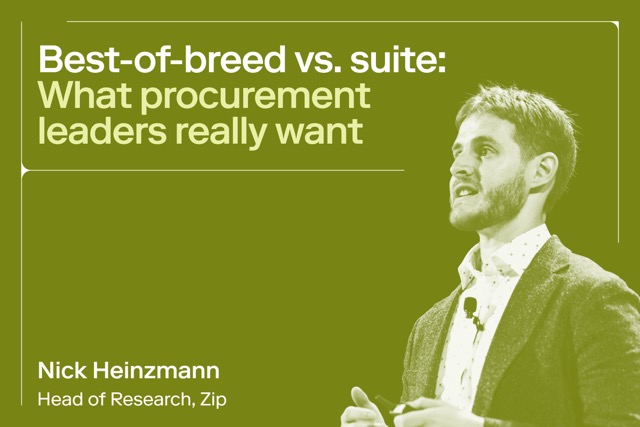
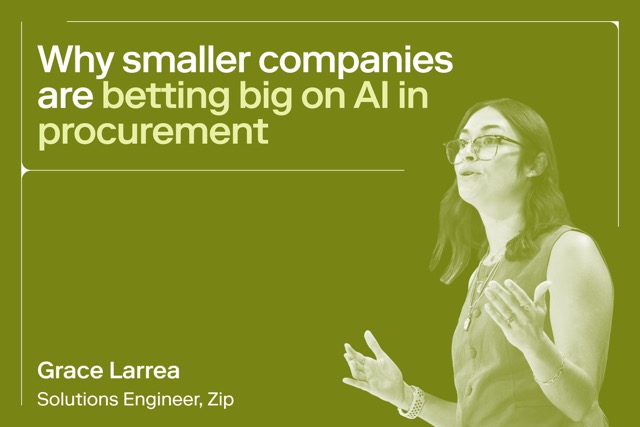



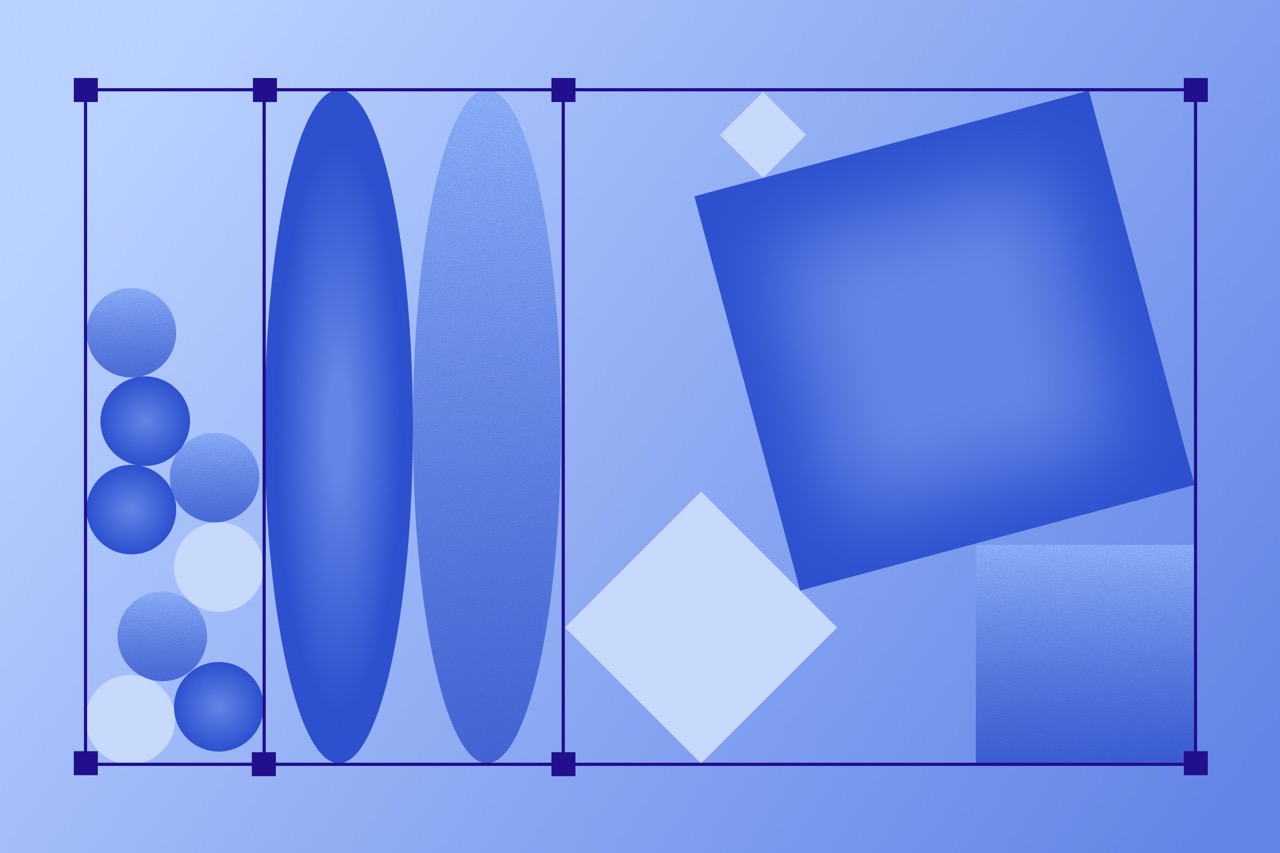



















.webp)









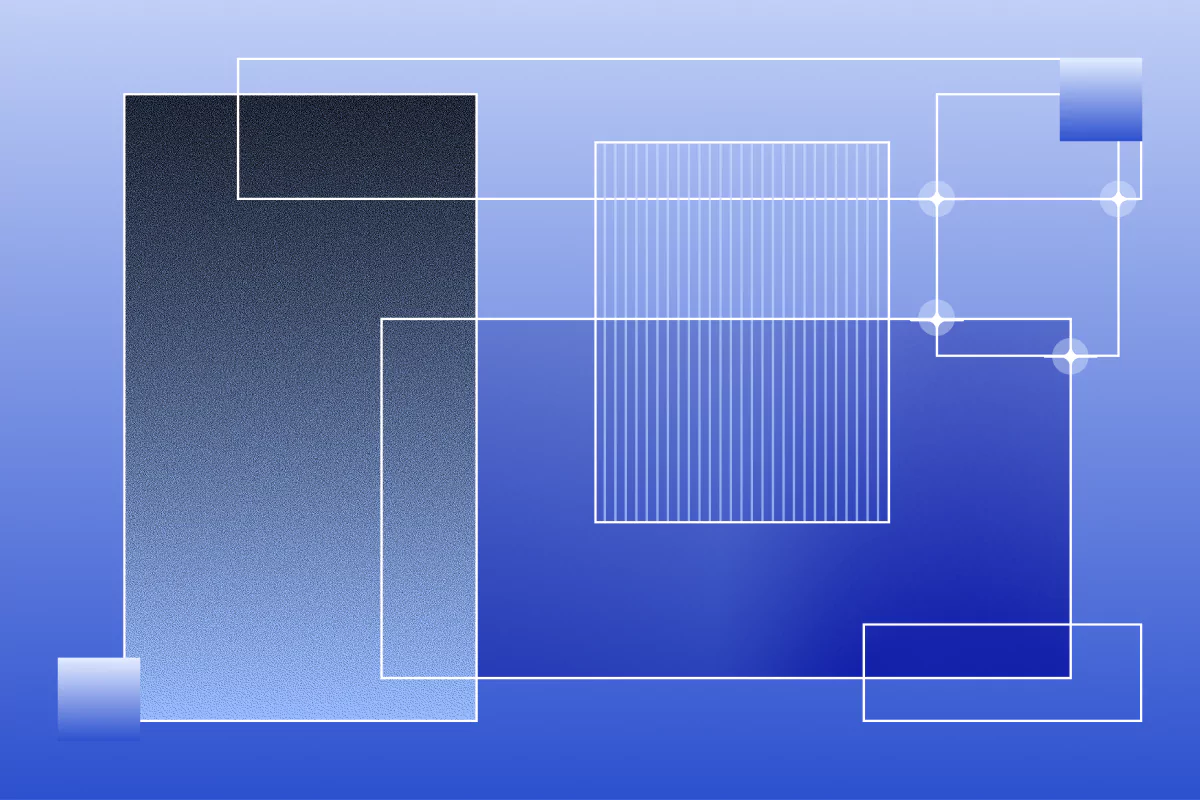









.avif)










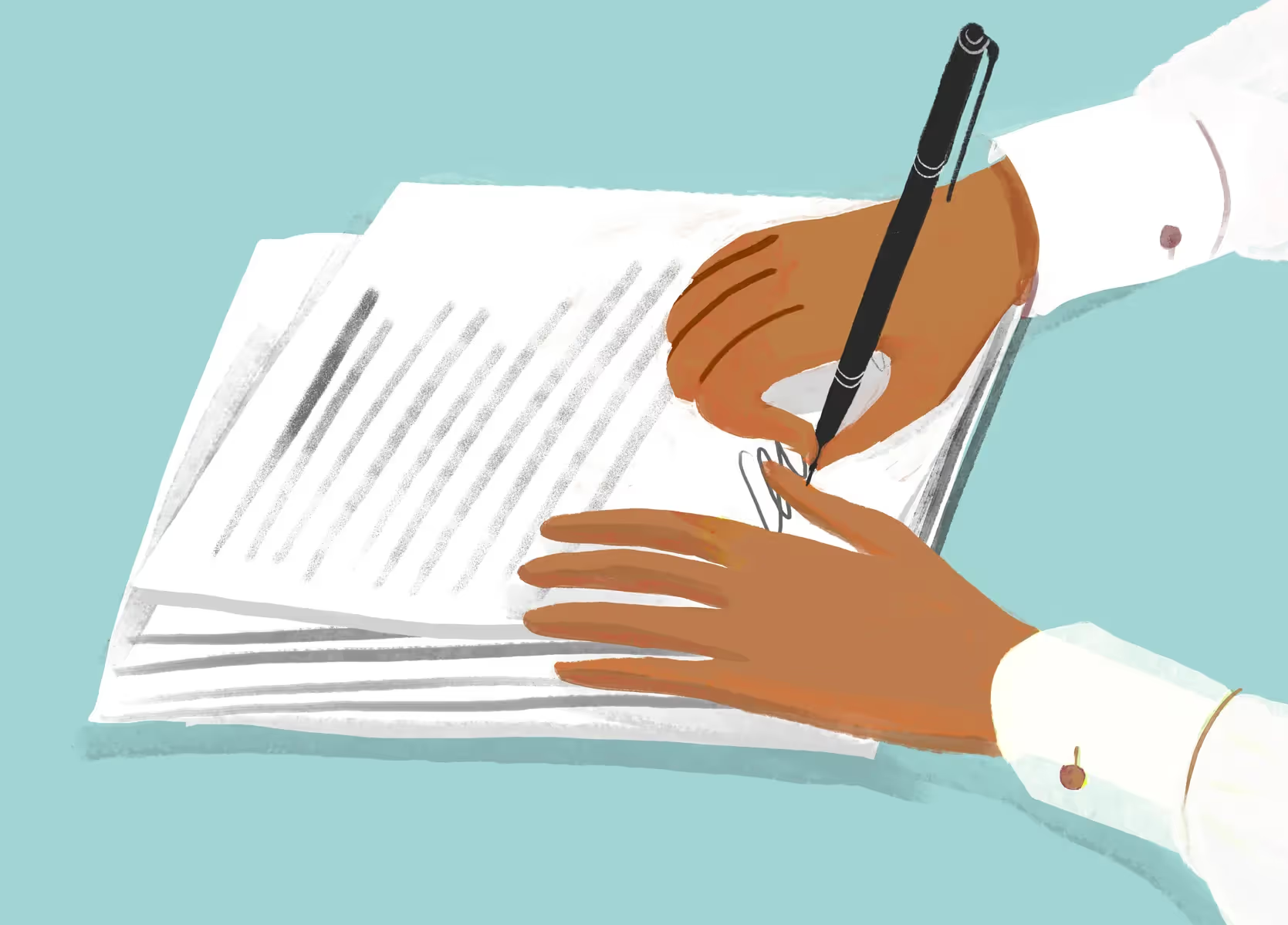


.avif)










.webp)




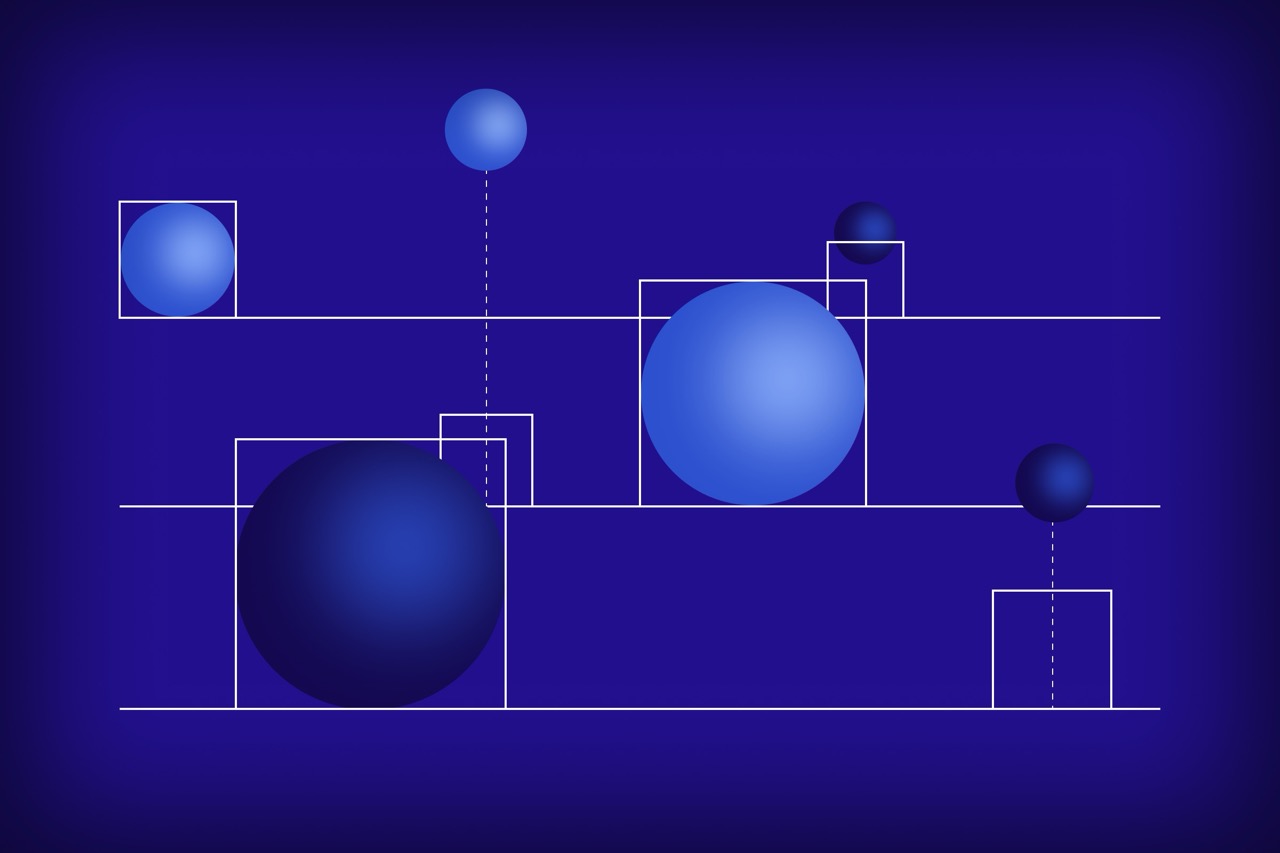
.avif)












.avif)
